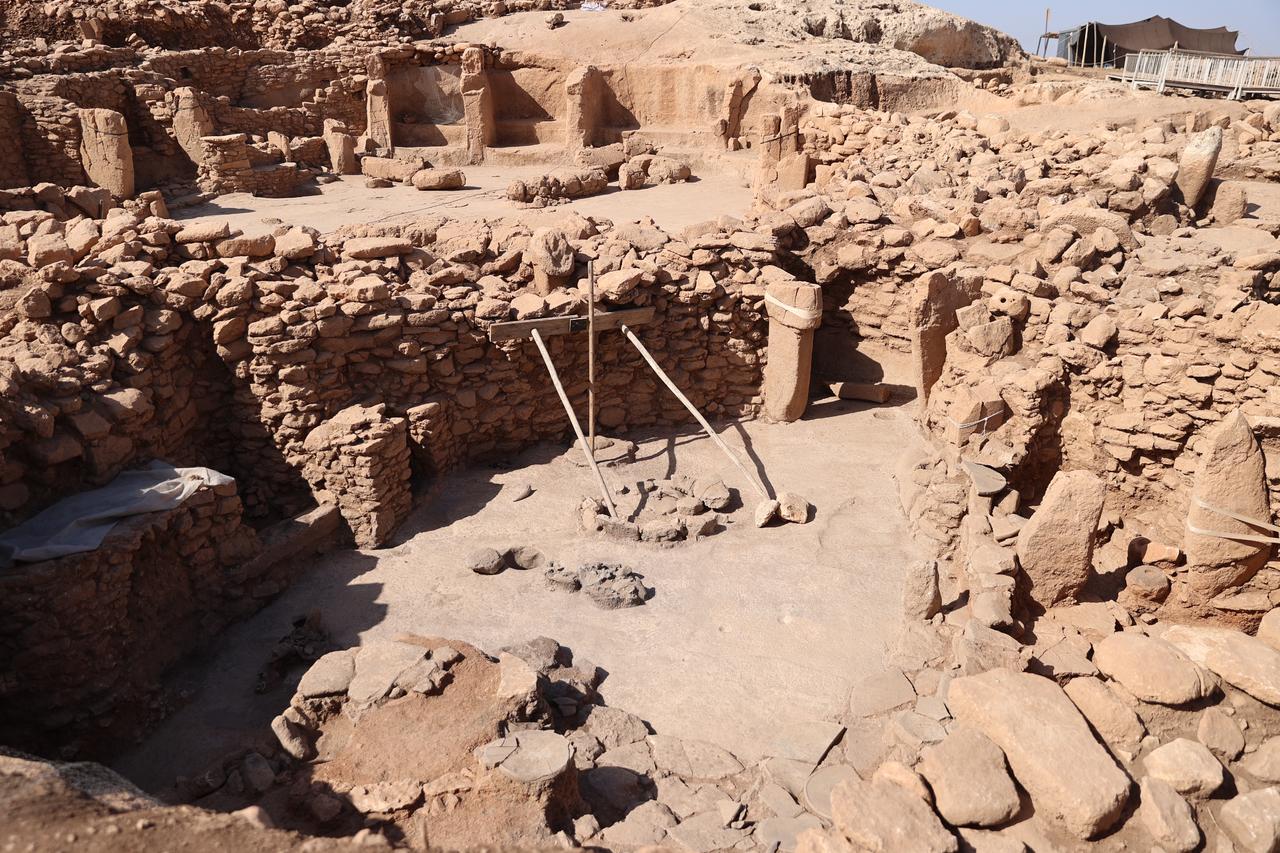
Archaeologists working at Karahantepe in Sanliurfa say the site preserves both everyday dwellings and large public buildings, offering fresh answers to the long-running “worship center or settlement?” debate around nearby Gobeklitepe.
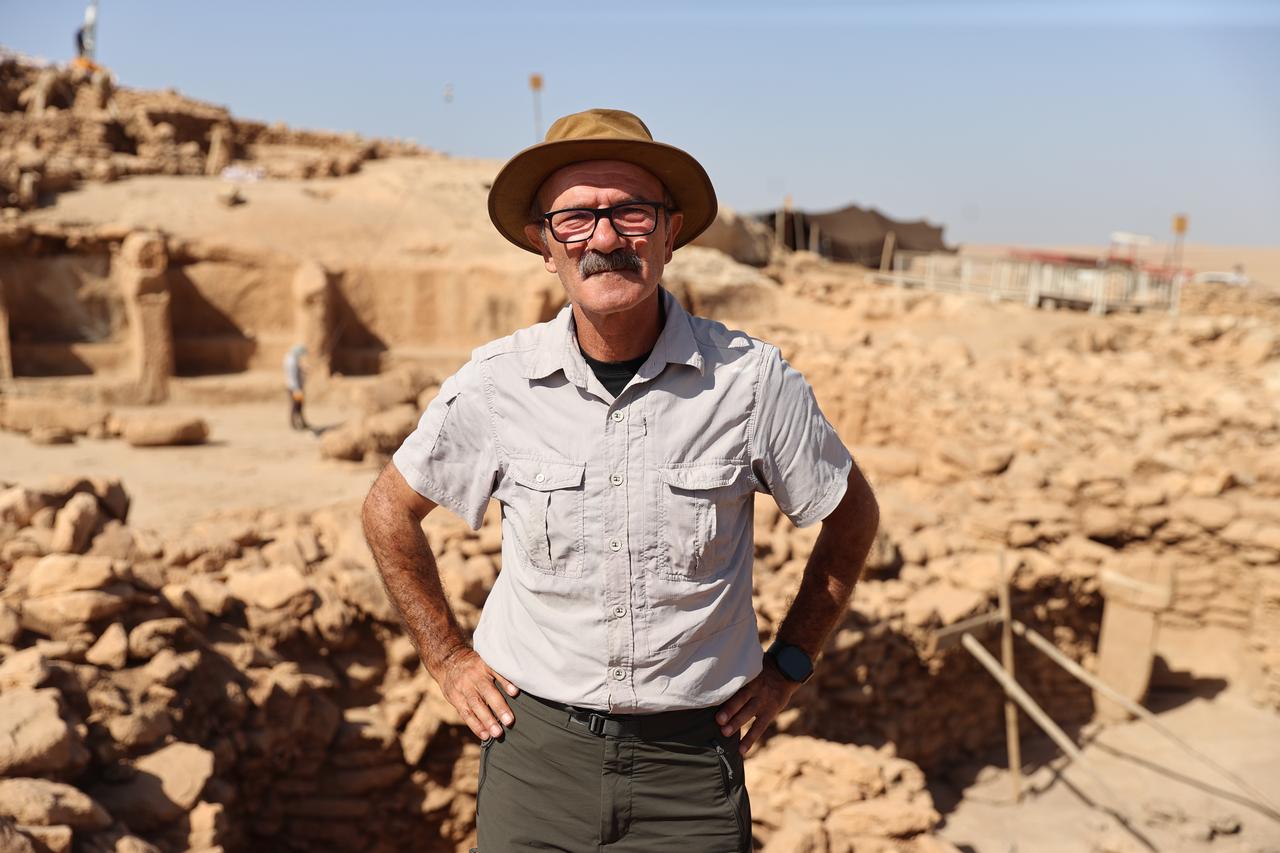
Project director Professor Necmi Karul said the team has uncovered dozens of structures over six years, including sizeable public buildings and small hut-like houses.
He noted that seeing public buildings at the center, ringed by domestic units, shows these places functioned as settlements where people lived and, at the same time, gathered for shared activities.
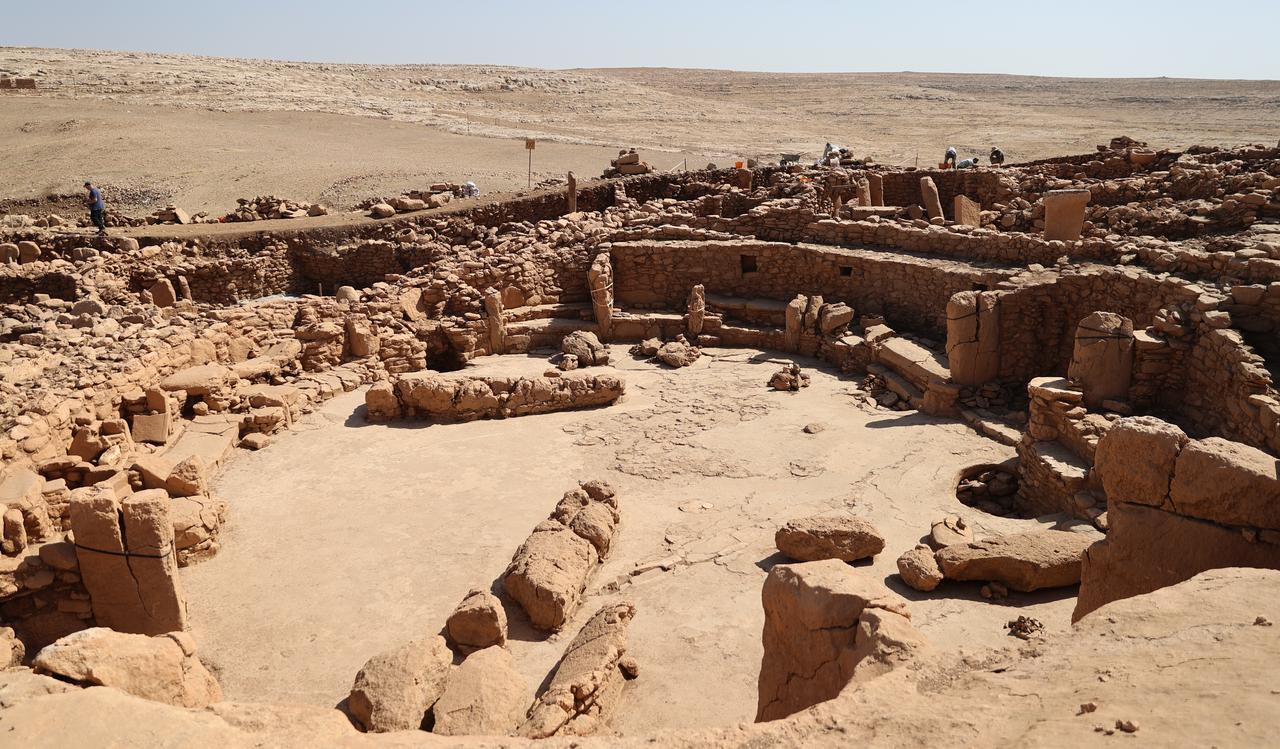
Excavations on the western slope focus on a single 6,000-square-meter area to protect and present the site after work concludes.
Within this zone stands a roughly 28-meter-wide central structure that appears to have been used for several centuries, with the earliest date from the area reaching back to 9,400 B.C.
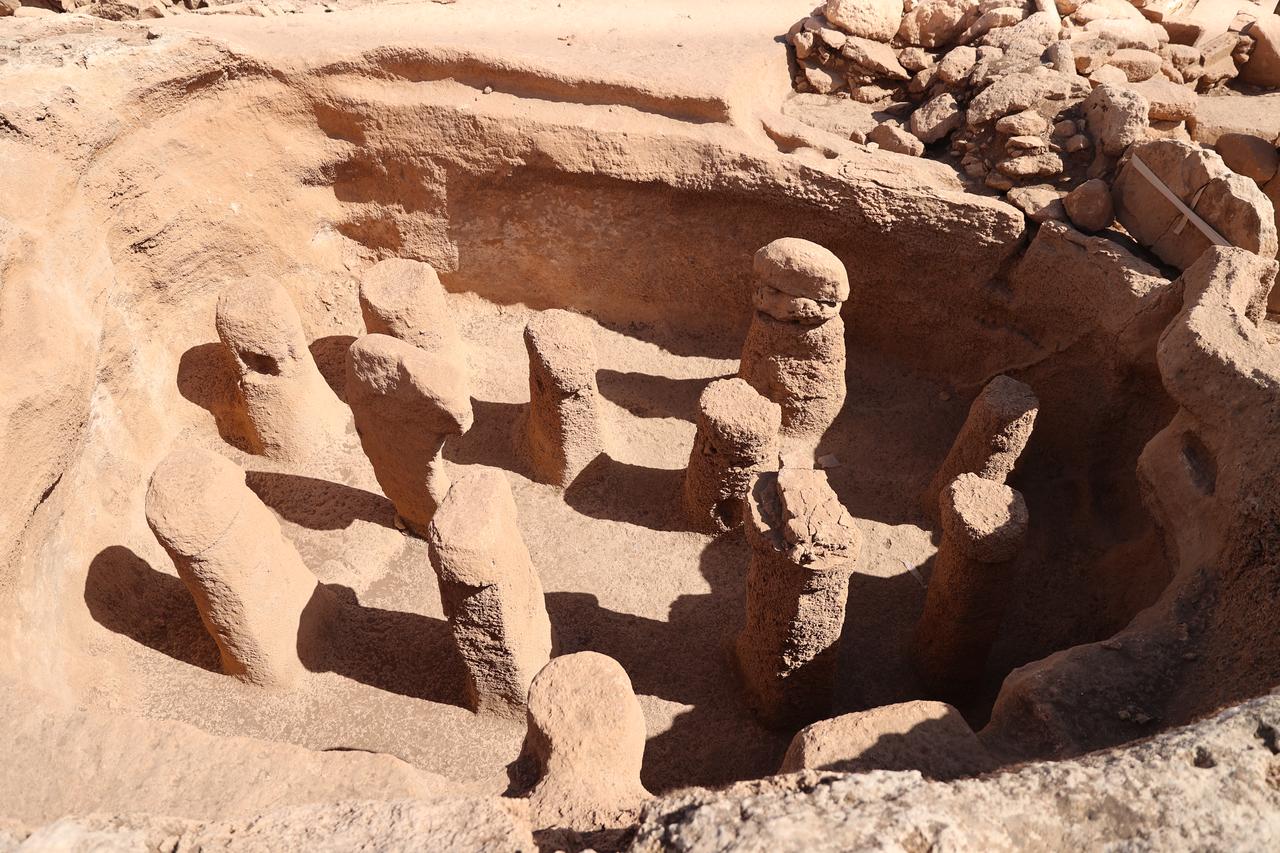
Finds include animal bones and flint tools that help date the layers and track early Neolithic technology. In the oldest levels, hunting tools dominate.
Toward the end of the sequence, the assemblage shifts to implements for woodworking, ground-stone tools for organizing spaces, crafting other objects, and—crucially—producing food within the settlement.
Discoveries reported last year indicated that cereals were being brought under cultivation here and that early bread-like foods were already being made.
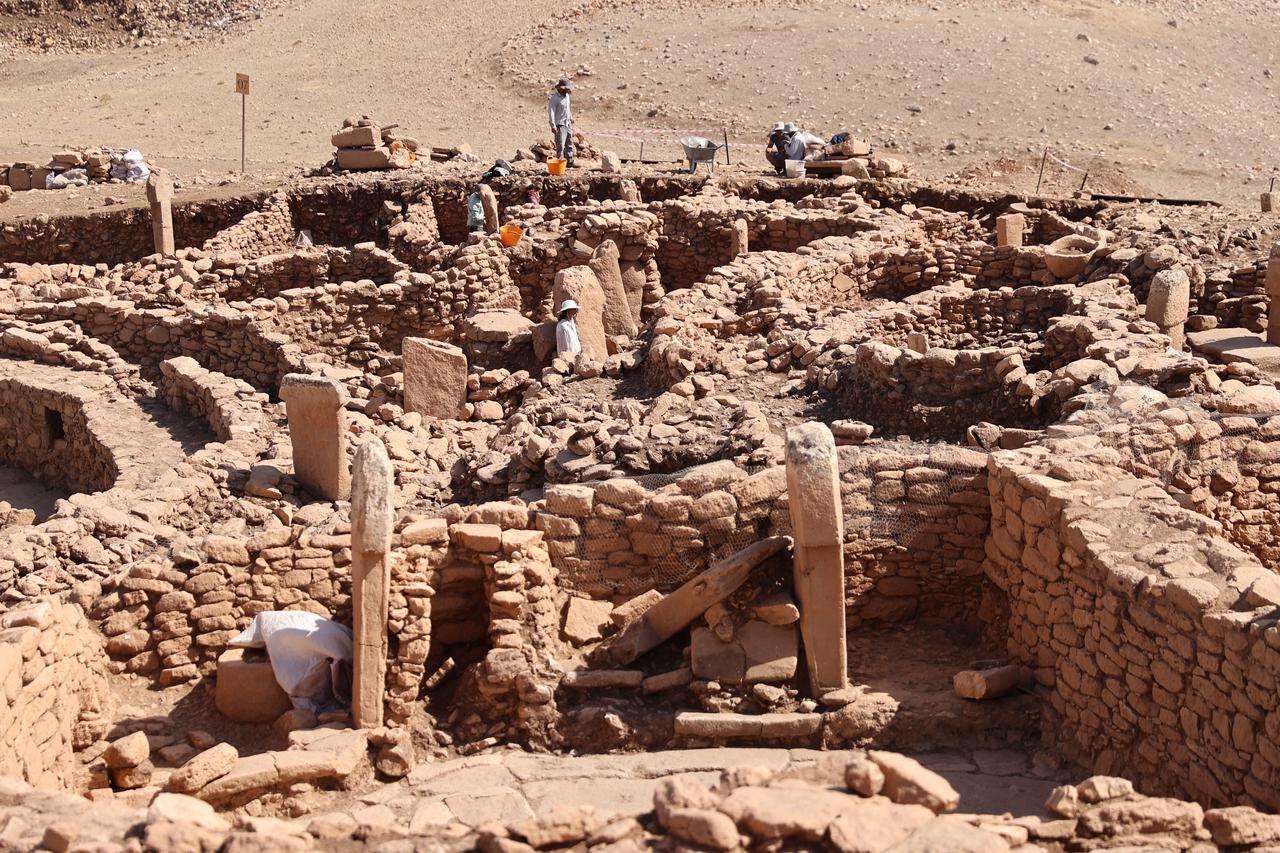
Karahantepe spans about 14 hectares. Professor Karul said roughly a quarter of this area consists of stone quarries where upright monoliths were extracted, while the remainder points to one of the largest Neolithic settlements identified so far in the region.
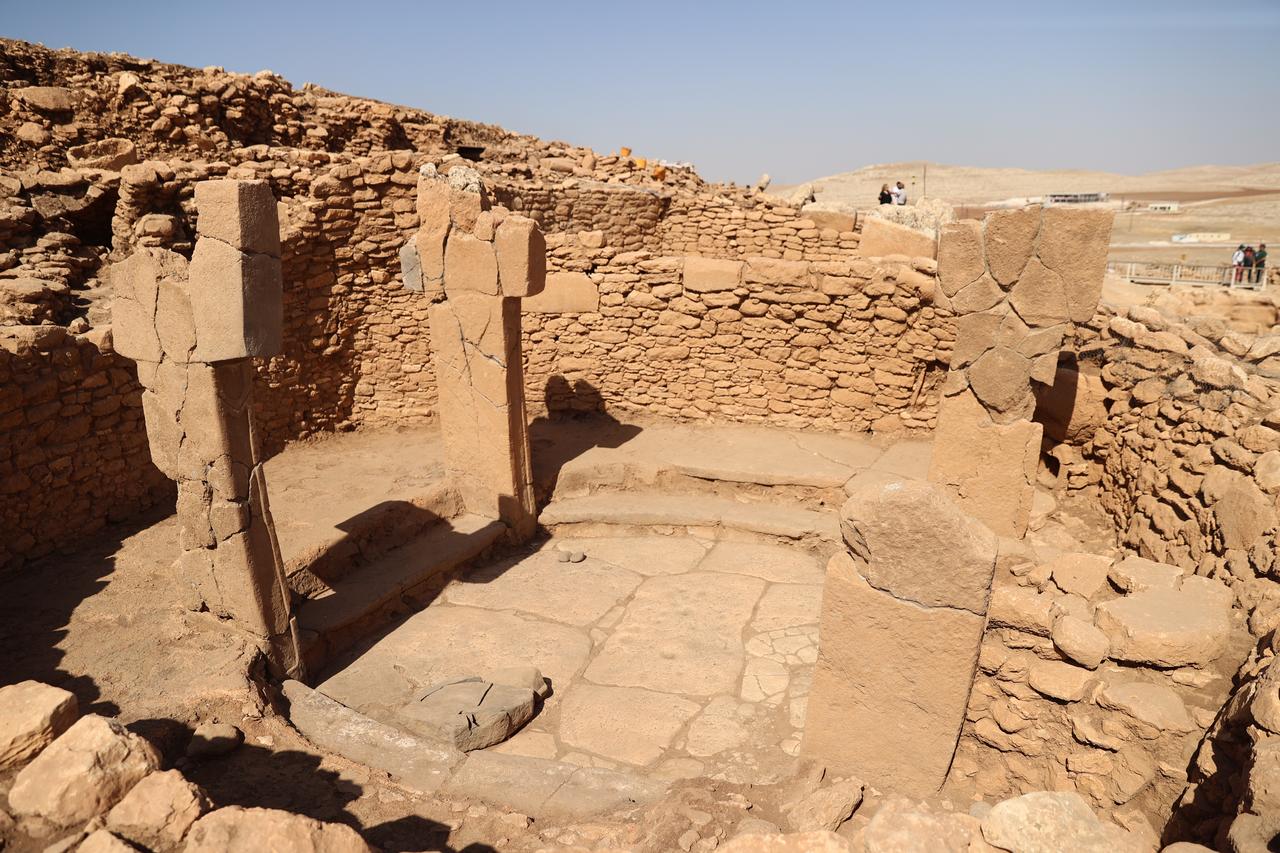
Located about 60 kilometers (37.2 miles) from Sanliurfa’s city center, Karahantepe now draws a multinational visitor profile—reflecting both wider recognition and rising academic interest.
Temporary walkways guide visitors safely, and a free, multilingual digital app provides on-site information.